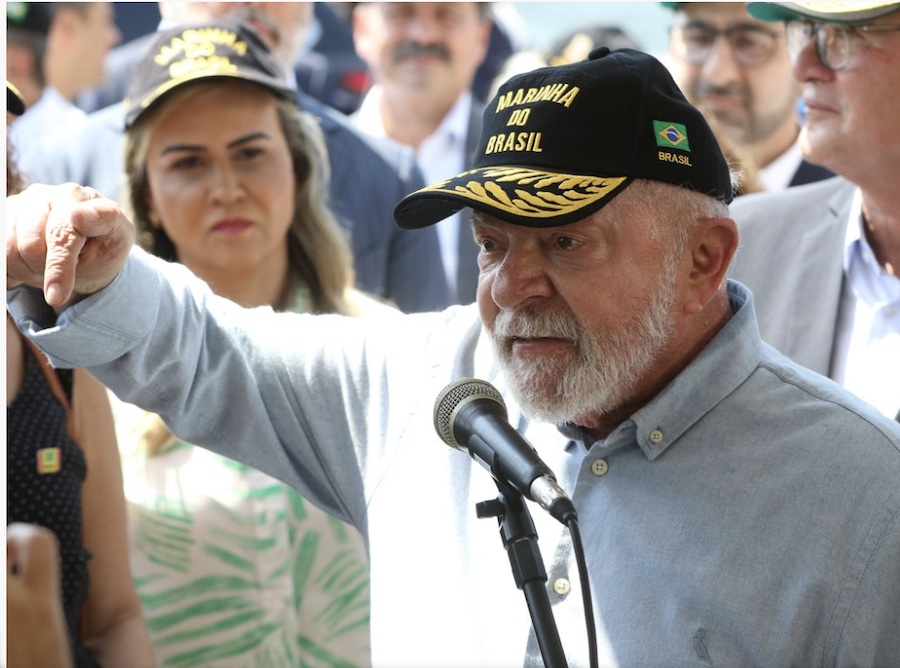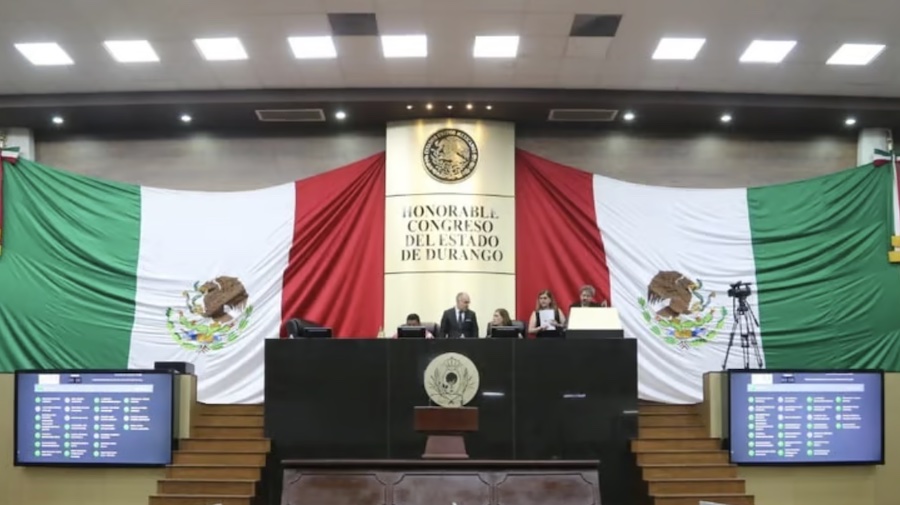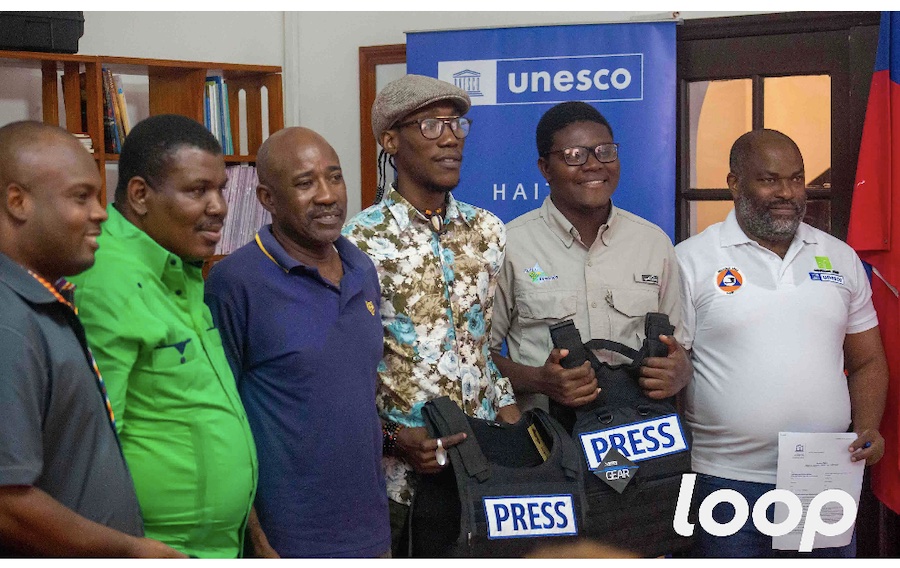TOLERANCE & SOLIDARITY .
An article by María Luisa López in Acento
For a group of Dominicans and Haitians to come together to create art may seem unusual, given the complex relationship between the Dominican Republic and Haiti.
However, in August 2015, a small group of people decided to come together to create a project that would promote a culture of peace and thus guarantee a space for dialogue through art and culture between the two peoples.

Here is the wall painted on the border by graffiti artists from the Azueï movement. Photo: Josué Azor
The meeting took place on the shores of the lake that separates Haiti from the Dominican Republic: Azueï. From there arose the name of this movement between local artists and from the neighboring country with which they also seek to undo prejudices, value the wealth of the island’s heritage and the proximity of both cultures.
“We decided to create a movement to have another way of doing things with each other. To strengthen the culture between the two nations, create joint works and through this common creation we are discovering each other”, Rachèle Magloire, president of the Azueï association in Haiti, told ACENTO.
In this regard, the filmmaker also narrates her own experience: “I particularly never had a Dominican friend. That never even occurred to me. The dynamics of collaboration and solidarity between the two countries had been completely broken. Now I even speak a little Spanish and I have Dominican friends.”
Younès Karroum, a founding member of the movement, explains that Azueï is multidisciplinary, since it is made up of musicians, graffiti artists, filmmakers and social activists.
When asked about the complexity that uniting citizens of both nations can entail, due to the cultural differences of each one, Karroum highlights artistry and trust.
“The keys to how to generate trust do not lie in the discourse, but in how to work in the arts; to find, first, a common language to be able to build whatever. For that, you have to identify the other as someone with whom I can share, I can work, and this is built through practice and the dynamics of creation… ”, he says.
To this he adds that, many times, the complex thing is to put aside the national reading that one can have when going from one country to another.
“In other words, when we have these meetings, these moments, I take off this contextual reading cap that I can have from my country and I take the gaze of the other and try to have another vision. Open your mind. And this works in Azueï. Azueï artists have developed this new identity that “we are Azueï”. And the discourse of the artists themselves has evolved a lot in these seven years because we already assume things from the other that we did not assume before ”, she specifies.
(Click here for the original version in Spanish.)
(Continued in right column)
Question related to this article:
Solidarity across national borders, What are some good examples?
Do the arts create a basis for a culture of peace?
(Continued from left column)
An island united by art
Both Magloire and Karroum agree that art is the most suitable way to unite both peoples, and they assure that the key that has worked for them is to do it from a constructive position.
They define art as a key tool to change mentalities, both Dominicans and Haitians, and the perception they have of each other.
“Because I think that, in the end, there have been voluntary policies to paint a neighbor in a way for political interests and this with many resources, in the Dominican Republic in particular. This has generated the establishment of a mentality towards the other based only on these criteria, not based on day-to-day reality. In the Dominican Republic there is a lot of interaction with Haitians. There are many examples of solidarity. There are many organizations working on the issue, there are many cases of positive relationship”, indicates Karroum.
.
On his side, Magloire also puts the issue of discrimination in context and assures that it not only occurs towards Haitians, but also towards Dominicans.
“We also see discrimination against Haitians because our artists were imprisoned or mistreated. We have some who live here. But we also discovered discrimination against Dominicans. Racism is not only against Haitians. There is deep racism here (on the island), which is not talked about,” he indicates.
Activities in the country
These days, Azueï is immersed in a tour of the Dominican Republic that has included demonstrations, workshops, rehearsals, recording of documentaries and music sessions.
“The activities began in February with a residency at Xiomara Fortuna’s Campeche ecological ranch with the graffiti artists from the Azueï team, and representatives of Haitian and Dominican cultural organizations that we have financed within the QuisqueyArt project to encourage exchanges beyond us. Other organizations are invited to undertake these cultural exchanges. Because in the Dominican there is a need for cultural projects with Haiti, and just as in Haiti this connection is needed”, Karroum points out.
He explains that their residence, carried out as a dynamic of conflict transformation through the arts, worked on the concept for a mural on the border between Dajabón and Juana Méndez.
Among the activities of the tour in the country they also included a conversation
with the entire team of the movement in El Portal Cultural, in the Colonial City.
In the same place on Friday, they will have a session with all the Azueï musicians for those who want to go and play with them.
And to close the tour they will perform a concert at the Cultural Center of Spain, in the Colonial City, at 8:00 p.m., in which they will play all the songs from their album Artybonito.









